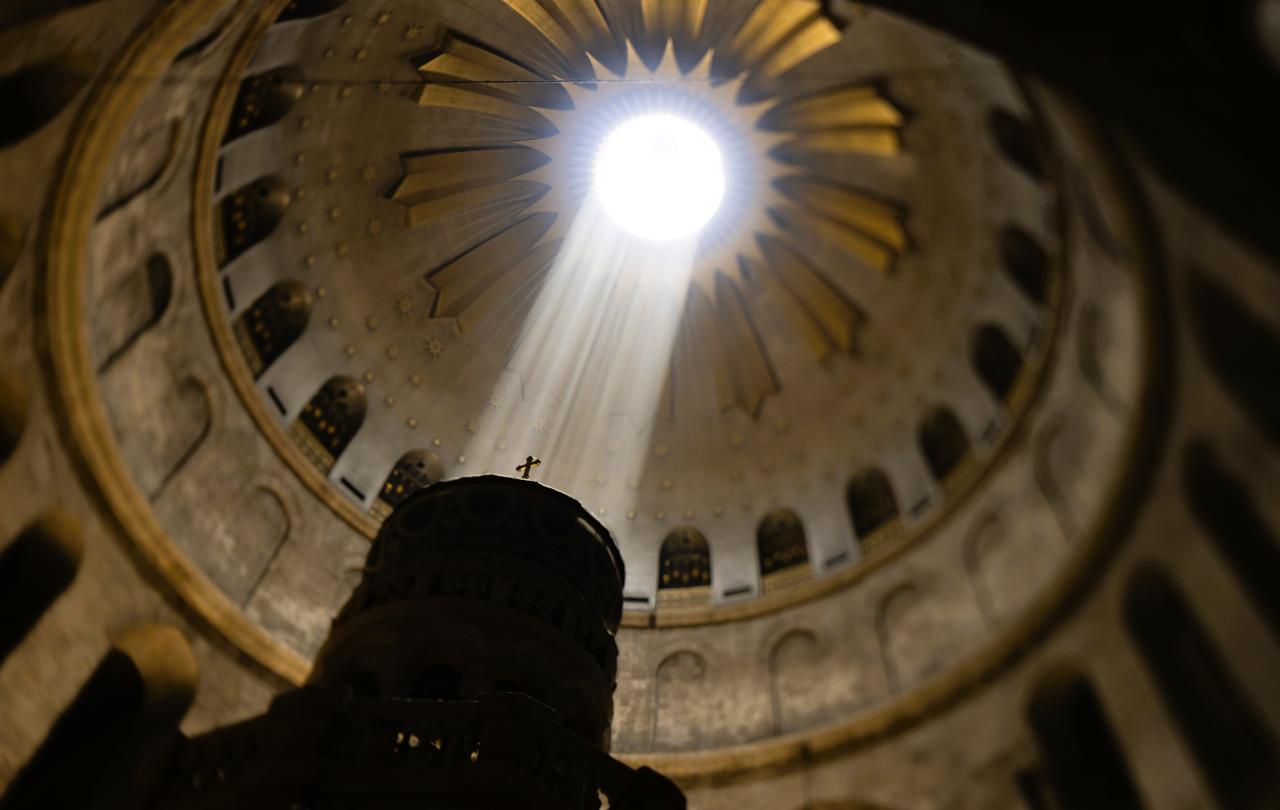
Listen or read
Each day from Palm Sunday (13 April), we're releasing an Easter-related article on the Seen & Unseen Aloud podcast.
Use the links below to listen on your preferred podcast platform.
New episodes will appear each day.
Listen on Acast
Listen on Apple Podcasts
Listen on Spotify
Listen on Amazon Music
Or read now
Can't wait? You can also read the articles using the links in the title.
Palm Sunday: When creation and justice converge
In a world of climate catastrophe, what does the message of Easter have to offer? N.T. Wright contemplates the hope of a new heaven and a new earth.
Monday. Beyond pancakes and chocolate: a sensory guide to Lent and Easter
It’s a time to discover the whole range of human experience and emotion at Easter, writes Lianne Howard-Dace.
Tuesday. Pilate: a lord of misrule
Agents of chaos still inhabit our world today, says George Pitcher.
Wednesday. Life before death
Embracing death, parading it down streets, and even downplaying their egos, Julie Canlis contemplates why Christians do death.
Thursday. Pesellino: making the vital visible
Andrew Davison recalls learning deep wisdom from a child when he visited an exhibition at the National Gallery, London.
Good Friday. Cinematic passions
Directors Gibson, Darbont, Pasolini, Eastwood and Scorsese all feature in priest Yaroslav Walker’s top five Good Friday movies to watch.
Saturday. Identifying as human has deadly implications
Barnabas Aspray explores how the incarnation and an execution impacts humanity.
Easter Sunday. Why the anthropologists miss the point of Easter
Graham Tomlin unpacks why Easter is more than an illustration of new life.
Find out more about Seen & Unseen Aloud
Seen & Unseen Aloud podcasts features a weekly editor's pick of the best new articles on the magazine site.
Episodes usually consist of three or four articles and go live on Mondays.
We also release themed boxsets from time to time.
Support this podcast
Since March 2023, our readers have enjoyed over hundreds of episodes of our three podcasts. All for free.
This is made possible through the generosity of our amazing community of supporters.
If you enjoy Seen & Unseen Aloud, would you consider making a gift towards our work?
Do so by joining Behind The Seen. Alongside other benefits, you’ll receive an extra fortnightly email from me sharing my reading and reflections on the ideas that are shaping our times.
Graham Tomlin
Editor-in-Chief





